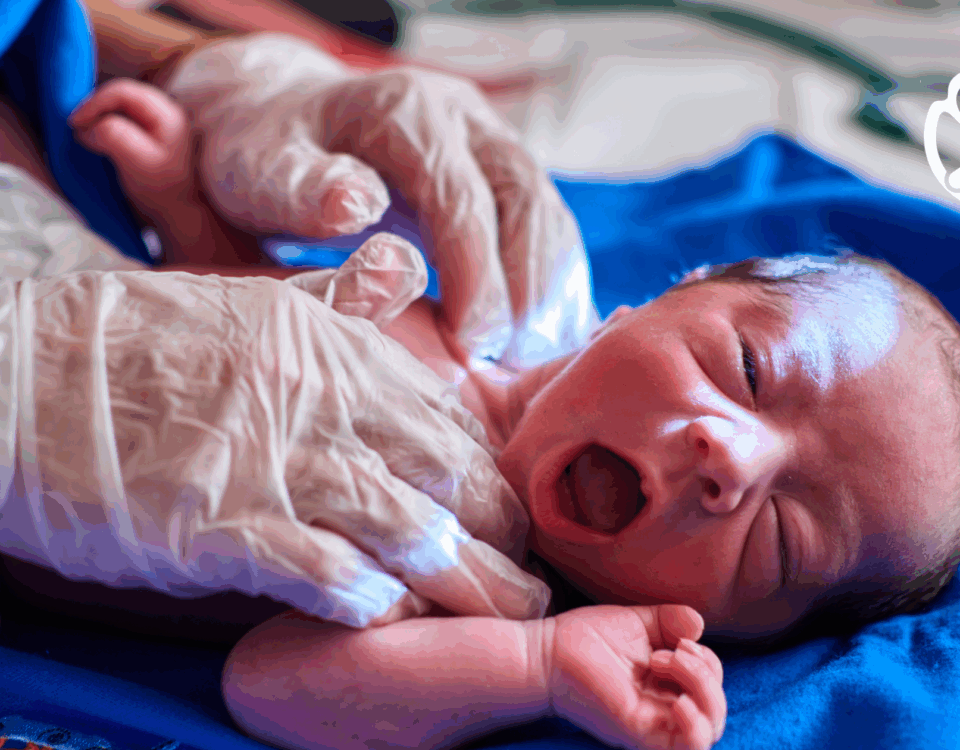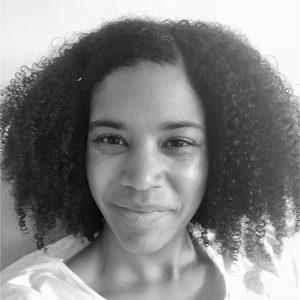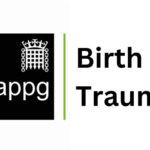
Birth Trauma Report from All-Party Parliamentary Group
22 May 2024
Learning Disability Awareness Week – 17th-23rd June 2024
17 June 2024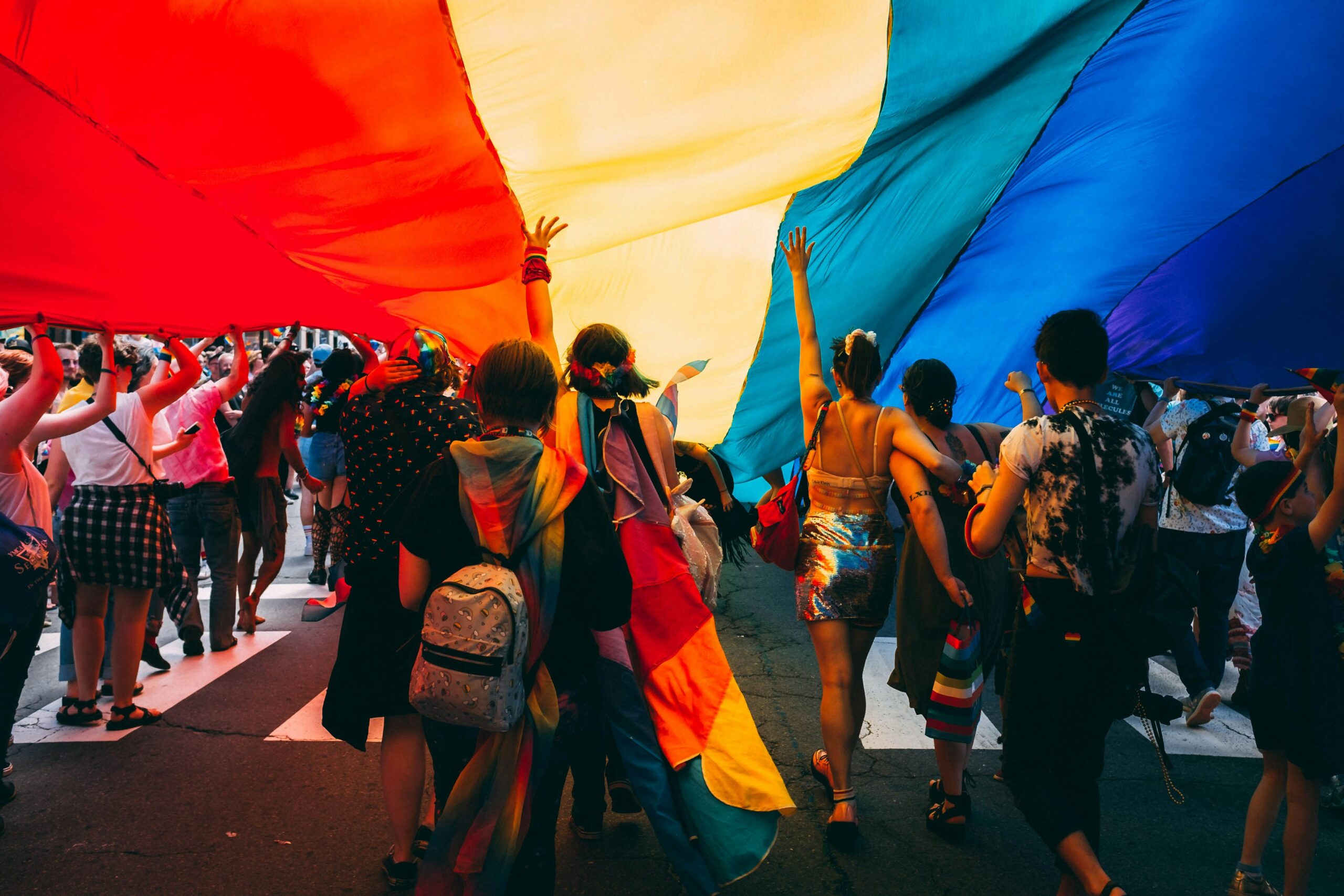
Celebrate With Pride
Many countries around the world celebrate Pride in June. It’s a day dedicated to celebrating the incredible contributions LGBTQIA+ people have made to our history, our culture and our communities around the world. A day to recognise how far we’ve come, but also a day to raise awareness of the issues still faced by the community. Underneath the colourful banners and the rainbow flags it’s a day of inclusivity, acceptance, education and awareness – not just for those within the LGBTQIA+ community but for all those outside it too. Pride is for everyone – celebrating diversity and raising awareness of the challenges and prejudice with education, empathy and compassion.
Where it Began
In the UK being gay was still considered a crime until 1967. Two years later in the United States, a landmark event took place which altered the history of the LGBTQIA+ movement and the campaign for equal rights.
At the time basic civil rights were largely denied to gay, lesbian, bisexual and transgender people until one night in June, 1969, when the gay rights movement took a momentous step forward with a series of violent riots in New York City.
On 28th June 1969 police raided the Stonewall Inn – a bar in the Greenwich Village neighbourhood of Manhattan, New York. The bar welcomed gay patrons at a time when the New York State Liquor Authority did not give licences to establishments that served a gay clientele. To get around this law, the owners of the bar paid off the police, effectively bribing them to look the other way. But despite this, on that night the police aggressively dragged around 200 people out onto the street from the bar. They arrested people, were physically violent and beat many. Sadly this was not uncommon, but this time the gay community fought back. They were angry at how the police were treating them, and sick of being harassed. Within hours, word had spread and hundreds of people gathered outside the bar and a full blown riot commenced. This triggered a week of violent riots and protests, which spread around the world and inspired others to fight equally.
By the time the Stonewall Riots ended, the gay rights movement went from being largely ignored to front-page news worldwide.
A year on, during the anniversary of the riots, activists in the city of New York marched through the streets of Manhattan in commemoration of the uprising. The march which took place on the 28th June 1970, is now considered the country’s first Gay Pride parade.
It’s important to recognise that although the Stonewall Riots heightened activism and organisational infrastructure made it possible for Pride celebrations to spread and keep the memory of Stonewall alive, they were not the first LGBTQIA+ riots. They were an achievement brought about by collective action, made by many throughout the movement.
On 1st July 1972 a ‘carnival parade’ of protest was held and a crowd of activists marched from Hyde Park to Trafalgar Square in London, making a stand for gay people everywhere. It was the first Gay Pride event in the UK. The date was chosen for its proximity to the anniversary of the Stonewall Riots. Nowadays, London Pride attracts over a million people to the capital each year to celebrate.
The charity Stonewall was founded in 1989, and named after the bar that sparked the riots. Stonewall, is a lesbian, gay, bisexual and transgender rights charity in the United Kingdom, and is the largest LGBT rights organisation in Europe.
In 2015, the city of New York declared the Stonewall Inn a historic landmark, and later it was declared a national monument by President Barack Obama in 2016.
Pride
The word ‘Pride’ was originally proposed as a slogan by activist Lee Craig Schoonmaker, to embody the spirit of the commemoration. He originally wanted to use the word ‘Power’, but felt that it wasn’t quite right.
“I authored the word ‘pride’ for gay pride … [my] first thought was ‘Gay Power.’ I didn’t like that, so proposed gay pride. There’s very little chance for people in the world to have power. People did not have power then; even now, we only have some. But anyone can have pride in themselves, and that would make them happier as people, and produce the movement likely to produce change.”
“The poison was shame, and the antidote [was] pride.”
Lee Craig Schoonmaker, LGBTQIA+ Activist
Flying the Flag
The rainbow flag has become synonymous with the LGBTQIA+ movement and Pride celebrations everywhere, but have you ever wondered how it became the Pride icon?
The iconic rainbow flag was invented by Gilbert Baker, a former U.S. military officer, who later became an artist and gay rights activist. Baker became inspired by flags and the connections they had to identity, belonging, nationhood and revolution. He was commissioned to create a new symbol for the LGBTQ+ community. He decided on a rainbow to represent the magic and diversity of his community.
“We all felt that we needed something that was positive, that celebrated our love.”
“A true flag is not something you can really design. A true flag is torn from the soul of the people… The Rainbow Flag is like other flags in that sense: it belongs to the people.“
– Gilbert Baker
The original flag was designed to have 8 stripes, rather than the 6-stripe flag we are familiar with today. It included a hot pink and a turquoise stripe in addition to the traditional colours of the rainbow flag we see today. It first made its appearance in 1978 on Gay Freedom Day in San Francisco, and has become associated with LGBTQIA+ rights and Pride globally ever since. Baker refused to trademark his design as he said it was a symbol for everyone. In 1994 to celebrate the 25th anniversary of the Stonewall Riots, Baker created the world’s longest rainbow flag in history at 1 mile long!
Did you know that each colour has its own meaning?
Red – Life
Orange – Healing
Yellow – Sunshine
Green – Nature
Blue – Harmony
Purple – Spirit
Hot Pink – Sex
Turquoise – Magic/Art
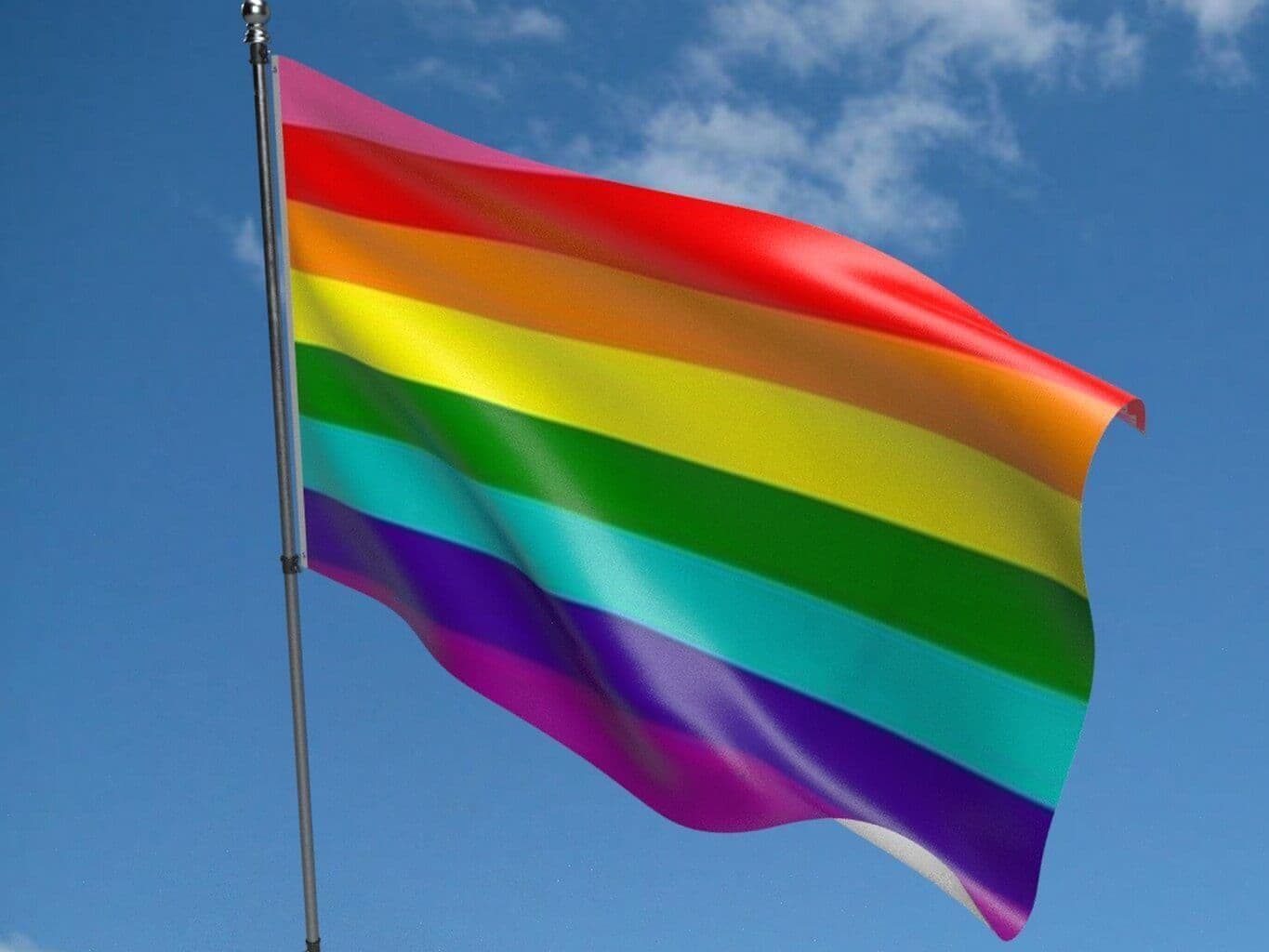
The Original 8-Stripe Pride Flag
Over the years the flag has evolved and been redesigned to promote greater inclusion and recognise many communities that celebrate Pride.
In 2018, artist Daniel Quasar released a redesign of the Pride flag, named the Progress Pride flag. It included the original 6 rainbow stripes, but added a chevron along the hoist to include the black, brown, pink, pale blue and white stripes, to represent marginalised people of colour in the LGBTQ+ community, as well as the trans community, those living with HIV/AIDS, and those who have been lost. The arrow points to the right to show forward movement, and its placement on the left hand side of the flag shows that progress still needs to be made.
“We need to always keep progress moving forward in all aspects of our community.”
~ Daniel Quasar, Artist
In 2021, the flag was updated again when Valentino Vecchietti of Intersex Equality Rights UK, shared an updated version of the Progress Pride flag, which included a yellow triangle and purple circle to represent the intersex community.
The newer versions of the flag have brought about mixed reactions. Some supporters applaud the greater focus on inclusion and highlighting the role and discrimination of people of colour in the LGBTQIA+ community, whilst others have questioned the need to change the original flag, arguing that Baker’s original design already acts as a symbol of diversity, and emphasised that the original flag was designed without any racial dimension in mind.
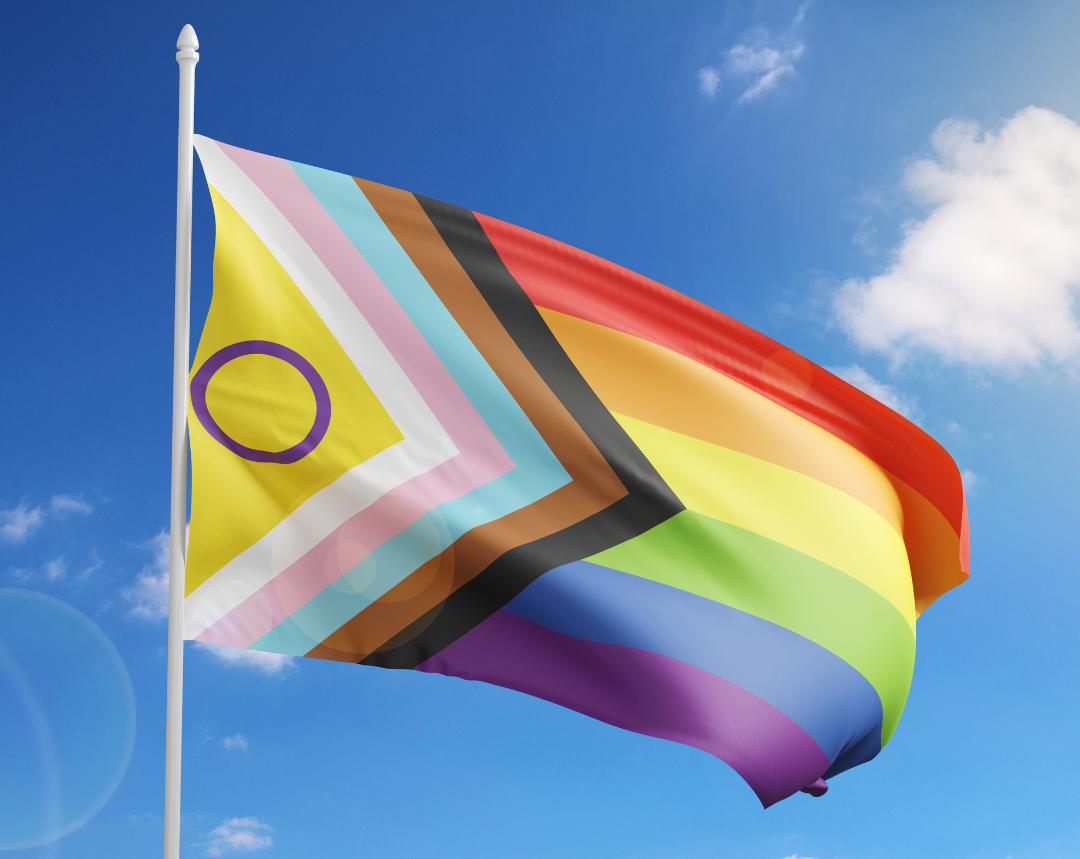
Progress Pride flag
When the Party’s Over
Pride goes far beyond the colourful flags, the parties and the parades. What with all the celebrations, festivities, and progress that’s been made since the Stonewall era, some may question whether a whole month dedicated to celebrating Pride is really necessary. But we know that those from the LGBTQIA+ community experience life differently.
60 countries still have laws in place that effectively criminalise homosexuality.
350 murders of transgender people were recorded in 2020.
83% of LGBTQIA+ people hide their sexual orientation.
Only 11 countries worldwide offer constitutional protection against discrimination based on sexual orientation.
LGBTQIA+ people are at higher risk of experiencing common mental health problems such as anxiety and depression. Research by Stonewall in 2018 found that 1 in 8 (13%) LGBTQIA+ people aged between 18-24 have attempted to take their own life, with 89% of trans people having considered suicide and 27% of those having made an attempt. Published research has shown that when we make basic adjustments to our language, such as using a person’s chosen name or preferred pronouns, this may cut the risk of suicide by a staggering 65%!
When we consider these statistics, the progress that still needs to be made becomes obvious.
“We are powerful because we have survived.”
– Audre Lorde
What is the RealBirth Company Doing?
At the RealBirth Company we acknowledge and understand the associated increased risk of developing mental health problems that the LGBTQIA+ community face, compared to the general population. We wanted to take a tangible step forward in recognising their individual needs, and the importance of doing so. We understand the power of language, and that language and the words that we use are important. Language goes beyond emotions and can impact how people perceive and are perceived in the world. In certain cases, changing just one word can even affect whether people favour one decision or another. Our words mirror how we think and feel and an awareness of this can improve the care and experience that we provide.
At the RealBirth Company we are further enhancing our current antenatal digital workshop so that individuals can tailor their individual experience within the programme to suit their own specific needs and preferences. This already includes language, audio, and accessibility features, but will also include the ability to hyper-personalise content and select preferred pronouns.
Forward Steps
Pride should not be something that we just remember every June. It should be at the focus of our minds every month.
There’s no denying that enormous progress has been made over the last five decades, but LGBTQIA+ people still face widespread stigma, exclusion, discrimination and violence. In many countries, discriminatory laws criminalise consensual same-sex relations and trans people, exposing LGBTQIA+ people to arrest, blackmail, extortion, stigma, and in 5 countries – even the death penalty, for consensual same sex relations. In most countries, trans people have no access to legal recognition of their gender identity or face abusive requirements to obtain such recognition. Intersex children and adults may be forced or coerced to undergo medically unnecessary interventions, in violation of their human rights.
More needs to be done. We need to continue to strive for safe, inclusive, welcoming organisations, workplaces and communities, where equal rights are respected and individuals are legally protected, so that we can create a better future for the LGBTQIA+ community and for all. When we create a better future for one, we all win because equality hurts no-one.
Let’s celebrate with Pride every month of the year!


